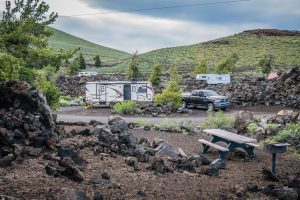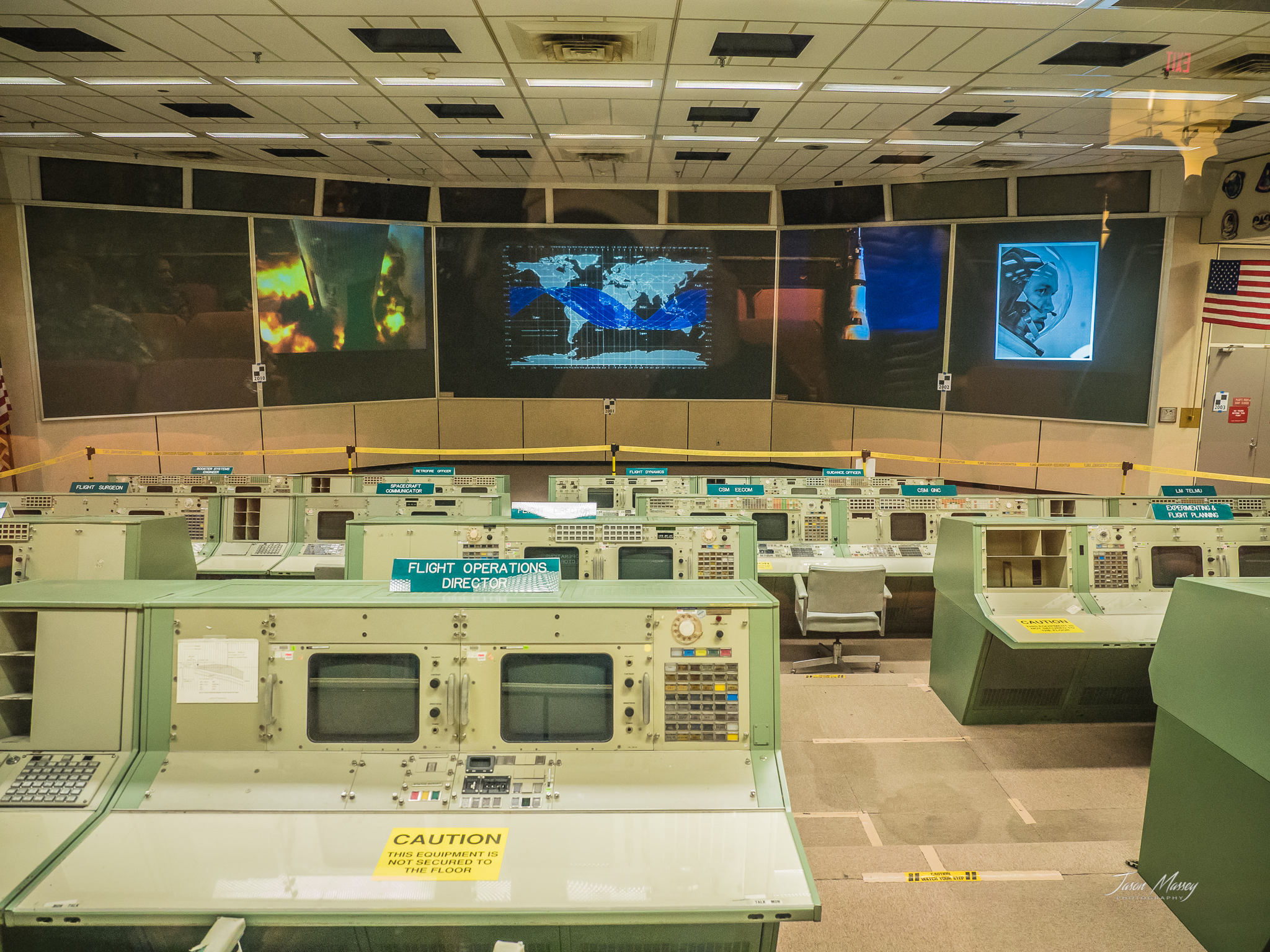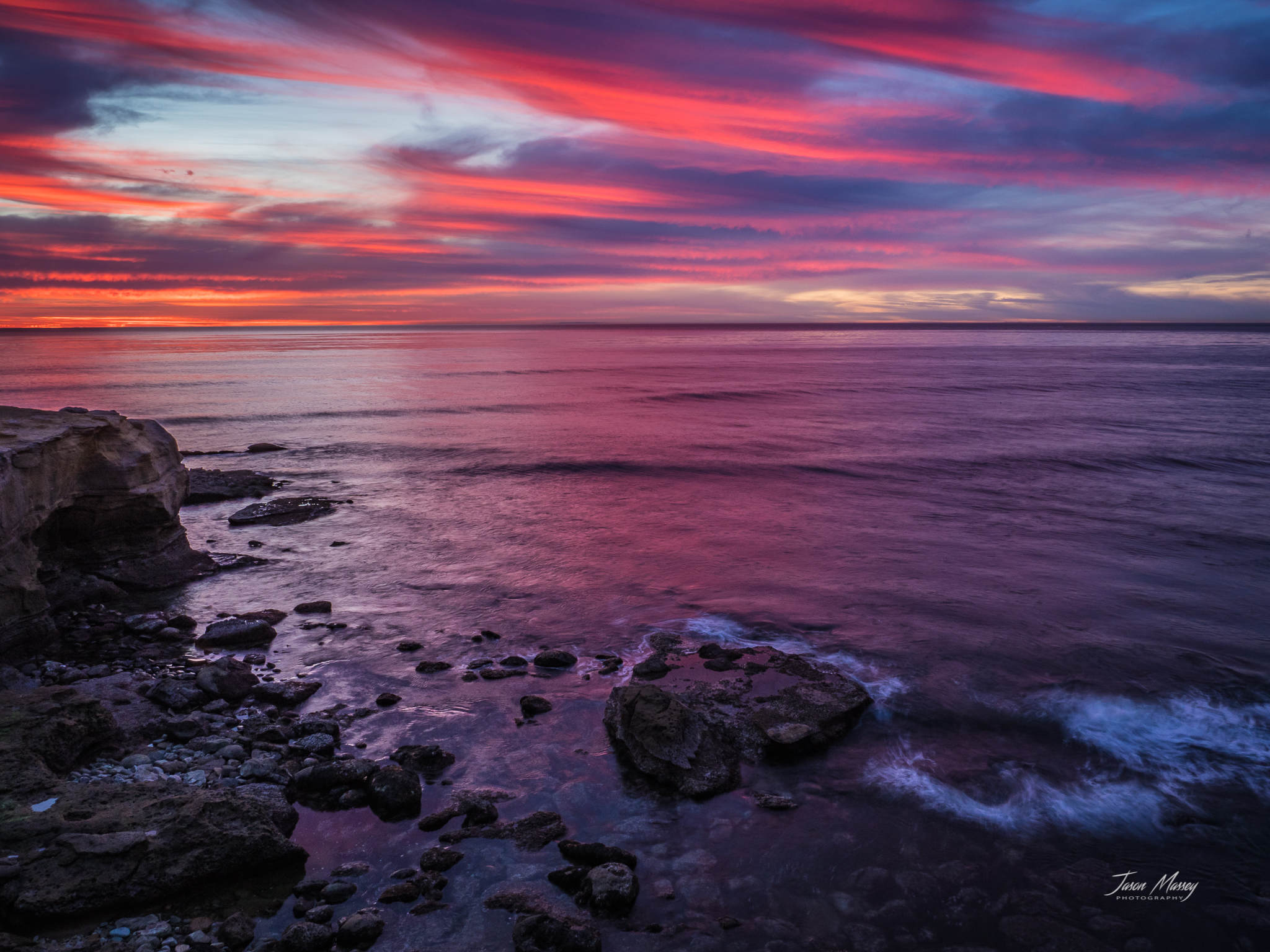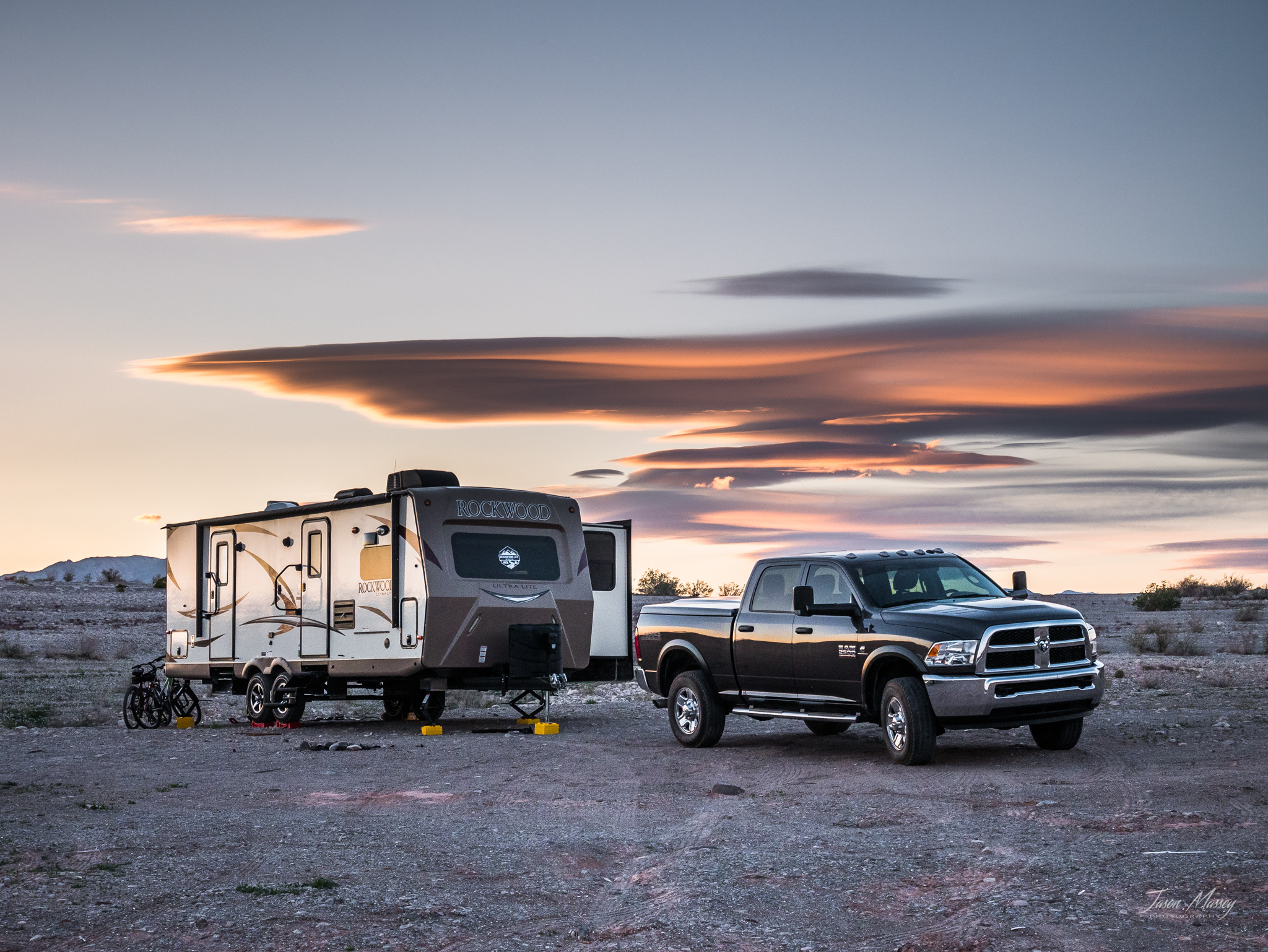Meandering Life Rating: [usr 5]
Craters of the Moon National Monument
What a crazy place to visit. The rangers love to tout that it is the only national recreation area protected because it is “weird”. Strangely enough these were my exact words when we arrived. What a weird place!! We stayed at the campground inside the monument, so we had easy access to everything it has to offer. We were able to do most of the attractions in the two days we stayed.

After finding our camping spot, we scoped out the visitor center and found out a ranger-led tour was about to start at the one of the caves. We love going on tours because you get to learn so much more about the history, the “why” and you get to ask questions. We quickly got our cave permit (which is free) and headed out. The walk to the cave was completely unreal. Large “snake-like” bulbous rock formations littered the landscape. We learned that the area is an active volcano to this day. It erupts roughly every 2,000 years. The last eruption was over 2,000 years ago so she is overdue! The previous eruptions caused dramatic lava flows which created the landscape we see today. There are over 500 caves in the monument, but only a few open to visitors. The tour we did visited Indian Tunnel. Many of the caves in the monument are lava tube caves which is how Indian Tunnel was formed. After a small climb into the cave opening, we traversed the large lava rock field to pop out of the tunnel on the other side.


In addition to the caves, there are many hikes that allow you to see the features of the monument. What took us by surprise was the monument (at first) seemed so desolate and eerie, but in the middle of all the dark, lifeless rock there were wildflowers! Beautiful purple and gold dotted the landscape. Against the dark rock the flowers popped breaking up the rough and ruggedness. Truly beautiful contrasts.


Throughout the monument, lava rocks were scattered. Many were by our campsite and they like to stick in the bottom of shoes and the dogs paws! They are very porous rock. In fact, if you pour water on them it soaks up instantly and within seconds you would not be able to tell you had poured the water in the first place. They also had a metallic quality that changed colors depending on the rock shape and the glow from the sun. This porous rock is important to Idaho’s most famous crop, potatoes! Water that seeps through the lava rocks eventual flows to hydrate local potato crops. It takes an astonishing 200-year journey for the water to reach its destination and probably not too long after that it is on your dinner table!
The monument has several ranger-led hikes and programs. At night, one of the rangers presented a talk about the moon and its ties to the monument. What a fascinating presentation and the ranger did an excellent job entertaining the crowd. As you may have guessed the monument gets its name from the craters on its surface which are similar to the moon’s. The moon’s craters were/are formed by meteors striking the surface while the craters at the monument were/are formed from the volcanic activity. Even though they are formed differently, the similar characteristics gave early explorers the idea behind the monument’s name.

 Overall, this monument was a surprise for us. We enjoyed the dramatic landscape and the history behind it. It was also not crowded at all! We would recommend getting the times and locations for the ranger-led tours and presentations at the visitor center because you do not want to miss those. It was a great stop and we would recommend it!
Overall, this monument was a surprise for us. We enjoyed the dramatic landscape and the history behind it. It was also not crowded at all! We would recommend getting the times and locations for the ranger-led tours and presentations at the visitor center because you do not want to miss those. It was a great stop and we would recommend it!







Already loving this!! Thanks